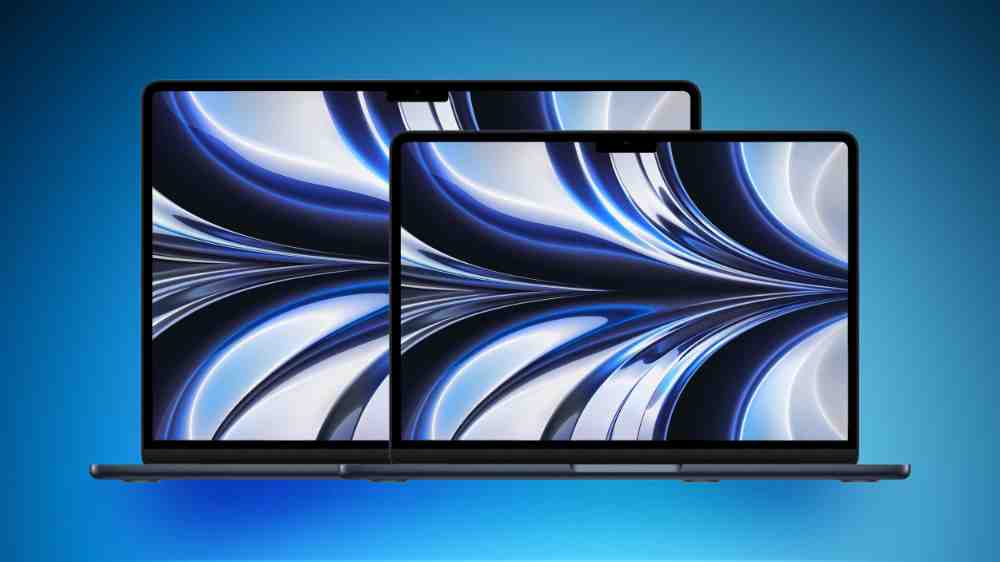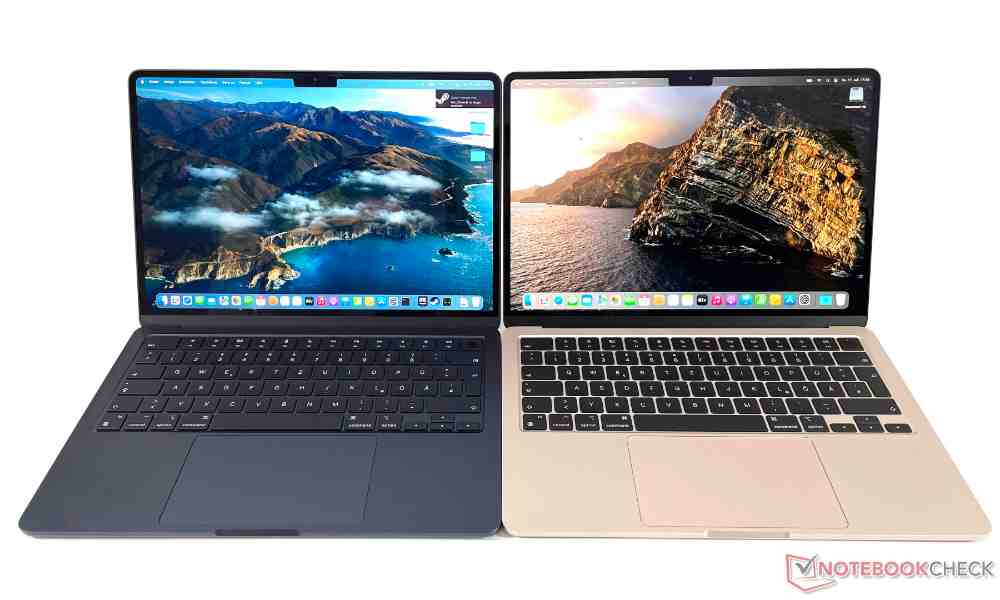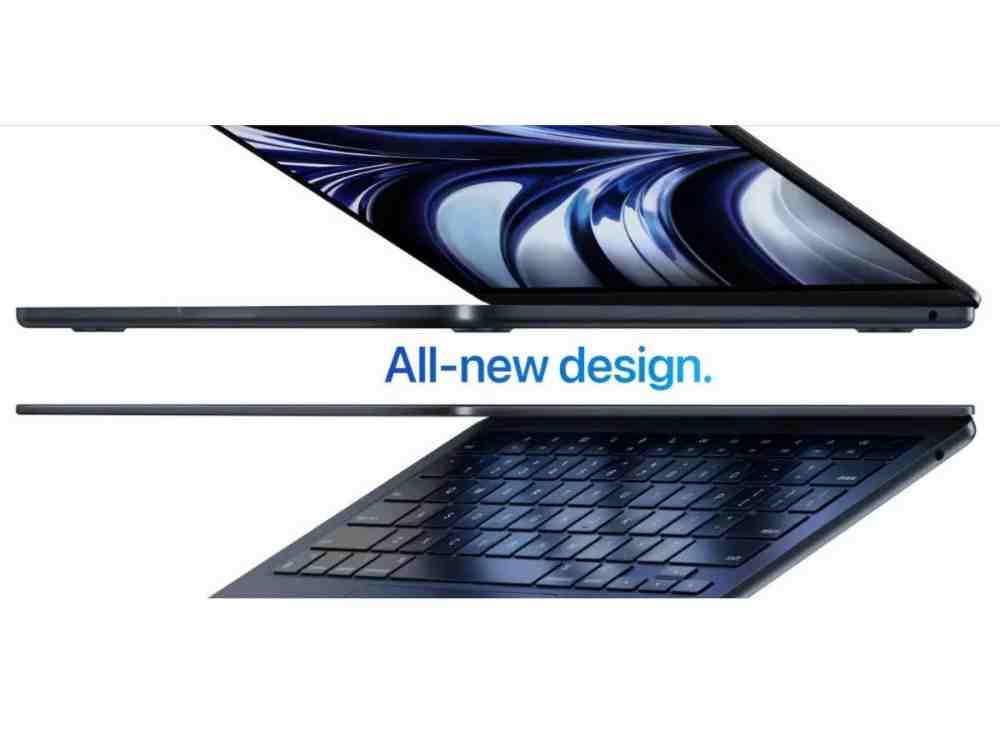The Game-Changer: Introducing Apple’s Impressive 15-inch MacBook Air!
For some time, Apple’s MacBook lineup has been in extremes. If you need a powerful machine, you can choose between the 14-inch and 16-inch MacBook Pros. These two large screen sizes are suitable for any graphically demanding project. People who utilize our workstations for noting messages, web perusing, and such have been compelled to make due with a somewhat confined 13-inch show on the MacBook Air. Indeed, we can lay out for the bigger Master models, yet they start at $2,000.

All of that is about to change with the introduction of the 15-inch MacBook Air, a brand-new size option that brings order to the MacBook line. The redesigned chassis, Magsafe charging, and 1080p webcam that were introduced in the previous year’s 13-inch model were all brought back by Apple, along with a 15.3-inch screen and a thin and light design.

Apple has reduced the price of the 13-inch MacBook Air to $1,099 from $1,299 for the base model (the original M1-powered MacBook Air from 2020 is still available for $999). This model can be maxed out for a whopping $2,499, but most people won’t need the extra RAM or huge amounts of built-in storage. At the base value, this 15-inch screen merits each penny. The sleek design of the high-end MacBook Pro models matches the boxy frame of the new MacBook Air, creating a cohesive design throughout the line-up. It has a large trackpad and space on both sides of the keyboard, making it almost identical to the 16-inch MacBook Pro.

As opposed to adding speakers here, Mac coordinated them between the console and show, as it did with last year’s MacBook Air. However, this laptop has a heavier six-speaker system rather than a quad-speaker setup with two tweeters and two sets of force-cancelling woofers because it is larger. Apple claims they convey “two times the bass profundity for more full sound.” You get a similar three-receiver exhibit as in the past.

It is easy to tell the difference in sound quality. The 13-inch Air occasionally produced muffled sounds and each time you watch a movie, you had to turn up to full volume. This new MacBook conveys better sound clearness and gets clearly sufficient that you can hold it under the maximum level. For a sort of surround-sound effect, the speakers could have been on the sides. At the very least, it would fill the space on the keyboard’s sides. Apple’s new Air comes with the same ports. There are two USB-C Thunderbolt 4 ports, a charging MagSafe port, and a 3.5-mm headphone jack included. Although it works fine for regular workflow, this is a larger laptop! Clearly, an SD card slot or HDMI port could fit in more space, but you’ll need a MacBook Pro to have that luxury.
The 15-inch screen with a notch at the top for the 1080p webcam is the highlight. Despite the fact that it is an LCD panel with a 60 Hz refresh rate, it is sufficiently large and bright to keep me occupied throughout the day. When it comes to external monitors, this MacBook can still only be connected to one display. Want to connect additional monitors? You know the solution. Dress like a pro.

If you’re coming from a laptop with a 13-inch screen, it’s worth considering the difference in size. The new MacBook Air has a display that is larger and weighs 3.3 pounds. That is slightly heavier than the 13-inch MacBook Pro but slightly heavier than the 14-inch MacBook Pro. It is not as densely packed as the Pro, which has beefier internals across the board, and the weight appears to be distributed more evenly and seems to feel more manageable along without feeling weighed down in a tote bag. This year’s MacBook Air is powered by the same M2 chip that powered the Air last year. It has an 8-core CPU and a 10-core graphics processing unit (the base model now has a 10-core GPU instead of an 8-core one).

The unified memory and storage can both be upgraded up to a maximum of 24 GB and 2 TB, respectively. It is powerful enough for everyday tasks, but if you can afford it, I would recommend upgrading to at least 16 GB of unified memory. There are limitations of the M2-powered 13-inch MacBook Air with 8 GB of memory over the past year.

Concerning battery duration, Mac claims as long as 15 hours of remote web perusing, which is equivalent to the more modest MacBook Air. However, the results have been superior to those on the 13-inch model. Last year’s Air would run out of battery near the end of the workday, but the 15-inch model always had 40% left after seven or eight hours of use. On a more occupied day, it can hit 18% after around 10 hours of purpose — totally sensible.

The 15-inch MacBook Air combines a larger display with a lightweight and thin chassis to offer the best of both worlds. The 15-inch model promises to save you from the migraines that come from squinting at a crowded screen all day if you spend the majority of your days working on a laptop, even if it’s just sending emails, organizing spreadsheets, and typing words into documents.
